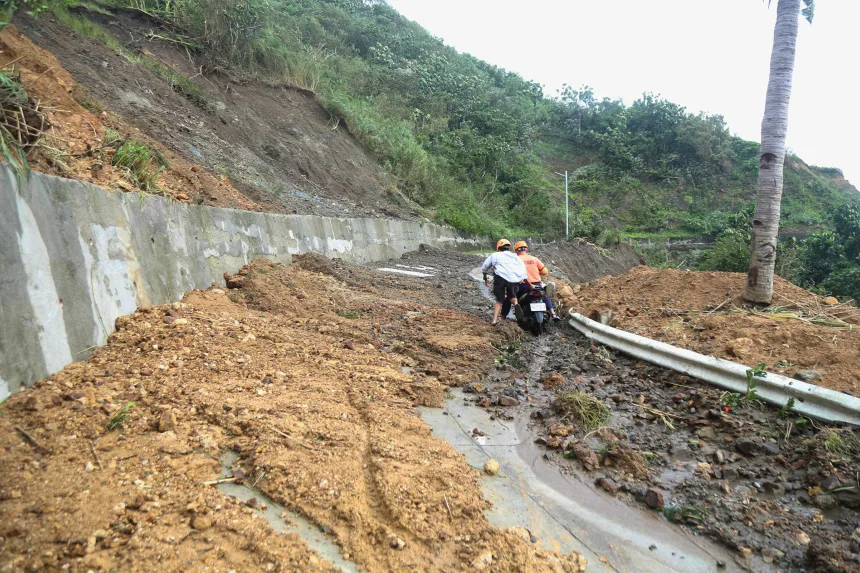Typhoon Ragasa, one of the most powerful storms to hit Asia this year, has battered Hong Kong and southern China after leaving a deadly trail across the Philippines and Taiwan. The storm brought hurricane-force winds, torrential rains, and destructive storm surges that inundated coastal cities and displaced millions.
In Taiwan, swollen rivers and landslides caused by Ragasa’s heavy downpours swept away bridges and roads. The overflow of a barrier lake triggered sudden flooding that left at least 15 people dead and many others missing. In the Philippines, coastal communities were ravaged, with fishermen lost at sea and thousands forced to flee their homes.
As the storm pushed northward, Hong Kong braced for its impact by shutting schools, businesses, and transport services. Despite these precautions, Ragasa’s ferocious winds shattered windows, uprooted trees, and flooded streets. More than 50 people were reported injured, while residents sought shelter in emergency centers opened by authorities. Neighboring Macau also closed casinos and braced for tidal surges.
Southern China bore the brunt of Ragasa’s landfall. Authorities ordered the evacuation of over a million residents in Guangdong province, where cities like Shenzhen, Guangzhou, and Dongguan faced fierce winds and surging seas. The storm surge reached nearly three meters in some coastal areas, flooding low-lying towns and disrupting vital infrastructure.
Ragasa’s destructive path highlights the increasing vulnerability of densely populated coastal regions to extreme weather. With climate change fueling stronger and more unpredictable storms, preparedness and disaster management have become more critical than ever. From Taiwan’s flooded valleys to Hong Kong’s waterfront and the crowded neighborhoods of Guangdong, Ragasa’s impact will be felt long after the winds fade.


